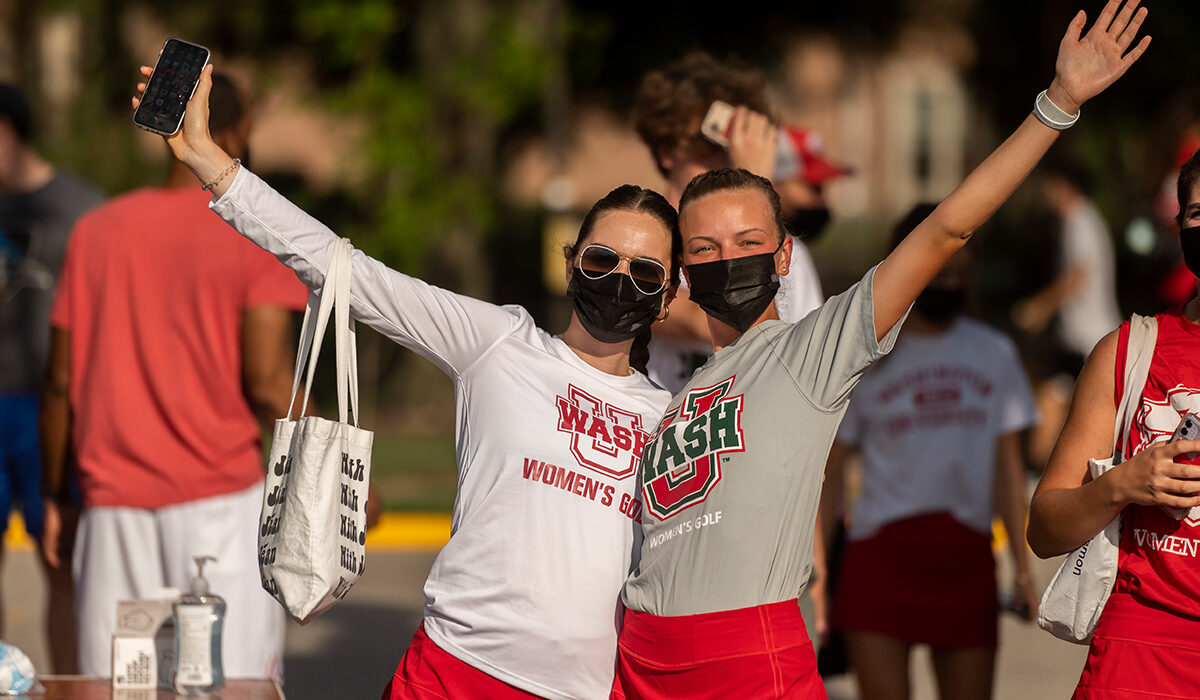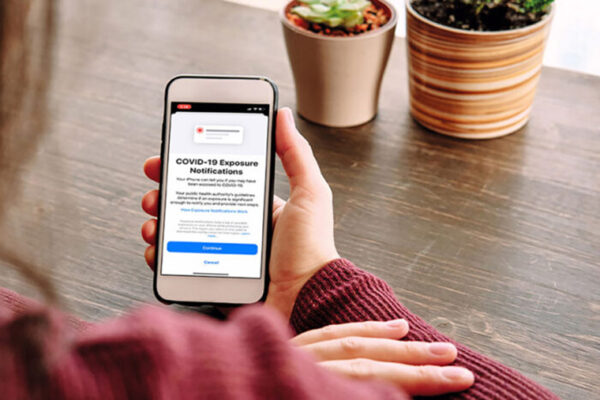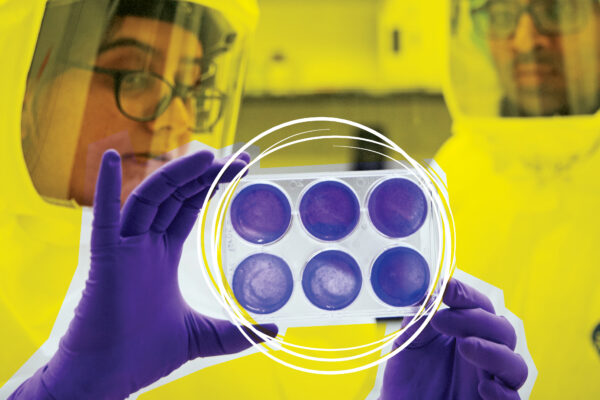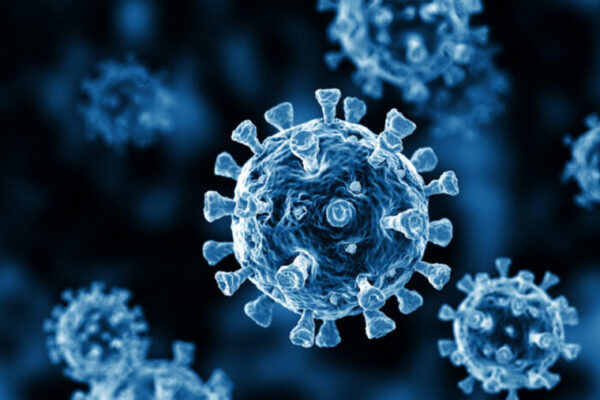Washington University in St. Louis decided early to mandate the COVID-19 vaccine for its students, staff and faculty. That policy, along with COVID-19 protocols, has protected the health of the university community while allowing students to return to live, study and play on campus.
Here, Steven Lawrence, MD, professor of medicine and an infectious disease specialist at the School of Medicine, and Cheri LeBlanc, MD, executive director of the Habif Health & Wellness Center on the Danforth Campus and assistant professor of medicine, explain how the university established its fall plan, who should get tested and why the daily screening is still important.
How are our vaccination numbers?
LeBlanc: More than 96% of students are fully vaccinated, and that percentage will rise to 99% once international students who were unable to access vaccines in their home countries receive their second doses in the next one to two weeks. Staff rates are 98%. The small percentage who are not fully vaccinated have approved exemptions, which means our community is 100% in compliance with our vaccination policy. That’s huge because we know that the vaccine is our best defense against COVID.
There has been some confusion about COVID testing. When should you get a COVID test and will there be a charge?
Lawrence: Students, faculty and staff should get a COVID test in two situations — whenever they have symptoms concerning for COVID (we call this diagnostic testing) and three to five days after they have had a known significant exposure to somebody with COVID (post-exposure testing). Anyone with even mild symptoms or known exposures should call the call center. In addition, students can also call Habif to arrange for free, highly accurate testing performed through WashU. Quickly identifying symptomatic cases is important to reduce the risk of transmission on campus.
LeBlanc: In just the past two weeks, Habif has ordered more than 700 tests. We are working seven days a week to make sure we can order these tests for anyone who is having symptoms. My message to students is: If you get a voicemail when you call, please leave a detailed message so we can help you.

But won’t some cases go undetected? Many universities with vaccine mandates and widespread surveillance testing have reported large caseloads.
Lawrence: Some institutions are still approaching the situation with the mindset that you can detect and eliminate all cases. That is not possible. More surveillance testing identifies more people with COVID, absolutely. But it is not clear that identifying more asymptomatic cases among a highly vaccinated population that practices universal masking leads to a significantly safer environment. I think that is a fundamental shift in how college operations moved from last year to this year.
Bottom line: If you have symptoms. get tested. If you’ve had a significant exposure, let us know and we can test you at the right time with a good test for free.
Why must students and staff continue to complete daily screening now that we all are vaccinated?
LeBlanc: For the vaccinated, COVID symptoms can be very mild. So it’s important for us to stop for a second every day to think about our symptoms and, if we have any, to call the call center and get tested. We are not under any delusions that people don’t know how to game the system. But the idea is to create a culture where we’re aware of how we feel — ‘Hey, is my throat sore? Let me take stock of that.’
There are a lot of outdoor parties and events scheduled for the fall. Is it still safe to remain unmasked outdoors?
Lawrence: We do know that transmission rates are up to 20 times lower at outdoor events, so we don’t feel it’s necessary to require masks at outdoor events. But there are other variables, like how long you are in close proximity to any one individual who might be infected and how many people are there. We encourage outdoor masking particularly when there are a lot of people and not a lot of space to spread out.
Communicating risk and probability has definitely been one of the biggest challenges of the pandemic. You can’t boil something down to safe/not safe. Safety is not binary. It requires a multifaceted approach. Just like with driving a car, there is a spectrum of risk. For example, driving 80 mph down Forest Park Parkway without a seat belt is not a good idea. Nor is hanging out unmasked with people who don’t live with you.
Have you set metrics that will trigger new protocols or eliminate existing ones?
Lawrence: We’ve often discussed the approach to escalation or deescalation. Basically, once transmission in the community drops to reasonably low levels, then we would back off of the universal masking requirement. But we don’t think it’s appropriate to have a defined single metric because we must take into account so many different factors. Is there a cluster here? A certain demographic that is still at risk? New evidence that the vaccine is not working as well? We will continue to look at these data on a weekly basis and draw conclusions. But right now, it would be unwise to set anything in stone.



